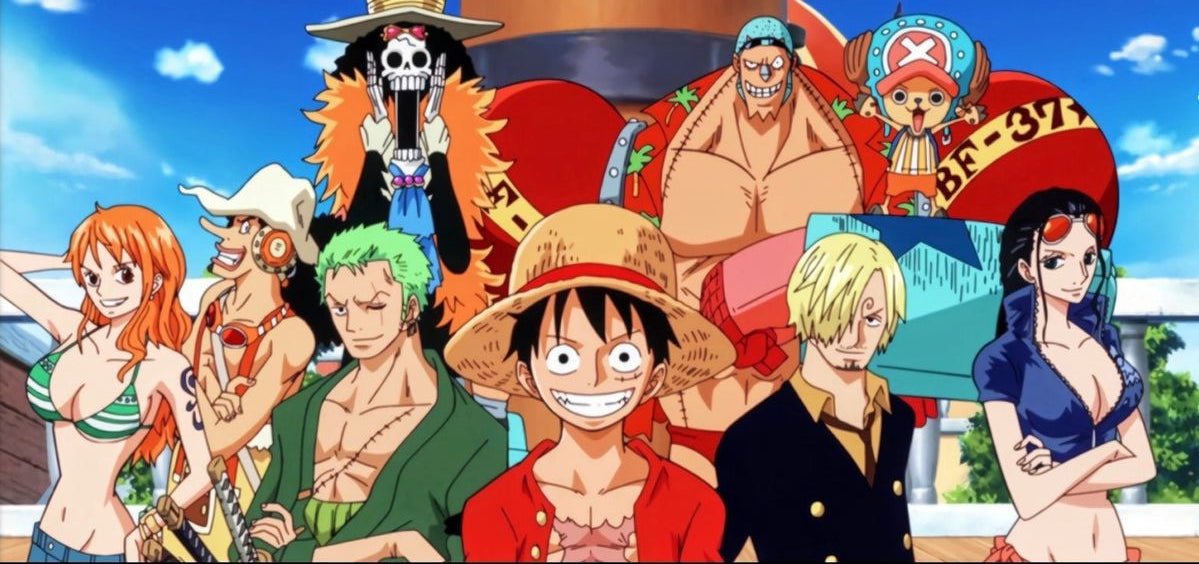
One Piece: Adapting From Manga to Anime
|
|
Tiempo de lectura 3 min
Escrito por: Ngankoue A Koung
|
|
Tiempo de lectura 3 min
One Piece, created by Eiichiro Oda, is one of the most popular and enduring manga series of all time. Its rich storytelling, diverse cast of characters, and imaginative world-building have captivated audiences around the globe. Since its serialization began in 1997, One Piece has not only dominated the manga charts but has also made a significant impact in the world of anime. In this article, we'll explore the process of adapting One Piece from manga to anime, highlighting the challenges, successes, and creative decisions that have made it such a beloved series.
One of the biggest challenges in adapting One Piece for the small screen is the sheer scope of its story. The manga is currently over 1000 chapters long and shows no signs of slowing down. Adapting such a massive story while maintaining its coherence and pacing is no small feat. To tackle this challenge, the anime producers have opted for a long-running format, with the series airing continuously for over 20 years. This allows them to adapt the manga faithfully, with each episode covering roughly one chapter of the manga.
Character Design and Animation
One of the most striking aspects of One Piece is its unique and memorable character designs. From the rubber-limbed protagonist, Monkey D. Luffy, to the sword-wielding Roronoa Zoro, each character is distinct and instantly recognizable. Adapting these designs to animation while retaining their original charm is crucial to the anime's success. The animation team behind One Piece has done an excellent job of bringing Oda's characters to life, capturing their personalities and quirks in every frame.
World-Building and Setting
One Piece is set in a vast and immersive world, with each island Luffy and his crew visit offering a new and exciting adventure. Adapting this richly detailed world to animation requires careful attention to detail and creative interpretation. The anime's art direction and background design play a crucial role in bringing Oda's world to life, with each island feeling distinct and full of life. From the bustling streets of Water 7 to the eerie forests of Thriller Bark, the anime captures the essence of each location, enhancing the overall storytelling experience.
Music plays a vital role in setting the tone and atmosphere of One Piece. From epic battle themes to emotional character moments, the anime's music enhances the storytelling and adds depth to the scenes. The anime's composer, Kohei Tanaka, has crafted a memorable soundtrack that complements Oda's story perfectly. In addition to the music, the anime's sound design also plays a crucial role in immersing viewers in the world of One Piece. The sounds of swords clashing, waves crashing, and characters shouting all contribute to the overall cinematic experience of the anime.
Like many long-running anime series, One Piece has its fair share of filler episodes. These are episodes that are not based on the original manga and are often used to give the manga time to get ahead. While filler episodes can sometimes feel disconnected from the main story, One Piece has managed to incorporate them seamlessly into its narrative. Some filler arcs even add depth to the story and characters, making them a welcome addition for fans.
Adapting One Piece from manga to anime has been a monumental task, but one that has been handled with care and dedication. The anime has faithfully adapted Oda's story, characters, and world, bringing them to life in a way that resonates with fans around the world. Through its stunning animation, memorable music, and immersive world-building, One Piece has become a cultural phenomenon that continues to capture the hearts of viewers young and old. As the series continues to evolve, fans can look forward to many more adventures with Luffy and his crew as they sail the Grand Line in search of the ultimate treasure, the One Piece.
¡Gracias por suscribirte!
¡Este correo ha sido registrado!